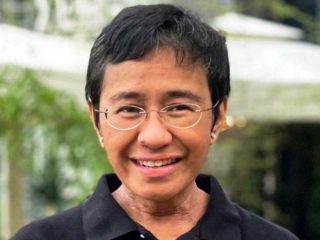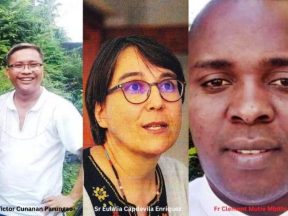Africans in Israel. The difficult integration.
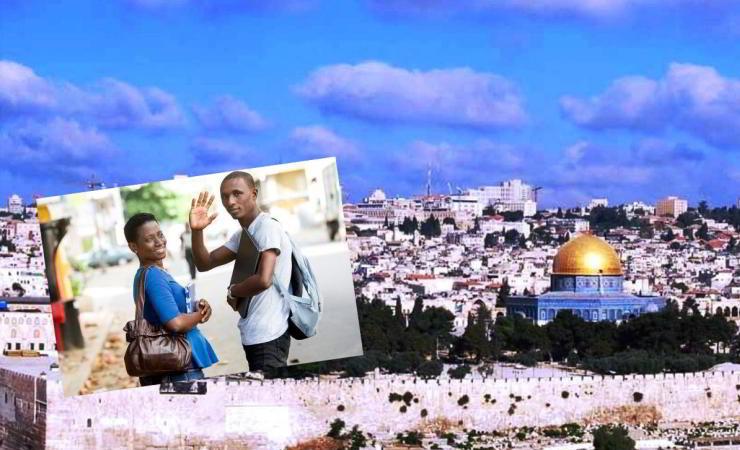
The intertwining of past and present tells of continuity and change at the same time. Many stories of African communities that have settled over the centuries in the Holy Land exist. Today, the challenge is the integration and inclusion of migrants.
The African presence in Israel is the result of a long and fascinating history, intertwined with the present, of a country in continuous transformation. African Jewish communities, such as the Beta Israel from Ethiopia, have contributed to enriching and strengthening the religious identity of the State of Israel. At the same time, recent waves of migration from Africa have brought new challenges and opportunities, adding further nuances to the already diverse social and demographic panorama of Israel. This intertwining of past and present tells a story of continuity and change, where ancient traditions meet the challenges and opportunities of modernity.
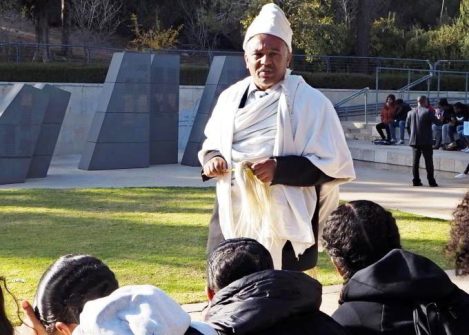
A Kessim explains to young Ethiopians the origins of his community and the journey to reach Israel. Photo: Irene Ramírez
The historic African communities linked to the Holy Land are distinguished by their cultural and religious diversity, but they share centuries of ties with this territory. Among them, the Ethiopian Christian pilgrims, the Muslim communities from Mali and Chad, and the Ethiopian Jews (Beta Israel) stand out. An emblematic example of the Christian presence is the monastery of Deir-es-Sultan in Jerusalem, in the care of the monks of the Ethiopian Orthodox Church. This place, located above the Church of the Holy Sepulchre, represents a place of worship and a symbol of Ethiopian cultural and spiritual resistance throughout the centuries. On the Muslim front, the community of Arab al-Mansuri, formed by pilgrims from West Africa during the Ottoman period, bears witness to the integration of African pilgrims into the life of Jerusalem. Although numerically small, this community still maintains its cultural and religious identity today.
Ethiopian Jews, on the other hand, have profoundly shaped the demographic and religious composition of Israel. Key moments in their recent history were the Moses operations (1984) and Solomon (1991) that brought thousands of Beta Israel to the country. Although their arrival was celebrated as a “return to the promised land,” their integration has faced significant obstacles, including systemic discrimination, economic hardship, and the lack of recognition
of their religious traditions.
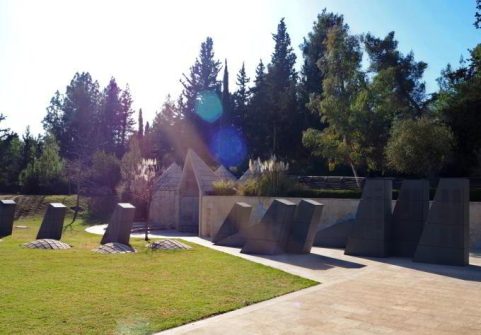
Memorial to the Ethiopian community on Mount Herzel, Jerusalem. Photo: Irene Ramírez
The memorial on Mount Herzl is both a tribute to their struggles and sacrifices and a reminder to Israeli society to continue working toward greater inclusion and equality. The site is not only a space of commemoration but also a place of reflection on how Israel deals with the complexity of its multicultural identity.
An important African presence in Israel is that of the Mizrahim, a now obsolete term that indicated Jews from North Africa and the Middle East. Although now fully integrated into Israel, their experience represents a significant chapter in the history of migration to Israel. Between the 1950s and 1970s, Jews from Libya, Algeria, Egypt and; in particular, Morocco emigrated en-masse to Israel.
Many of them were relegated to refugee camps (Ma’abarot) and lived in conditions of severe marginalization. Moroccan Jews, among the most discriminated against, were often stereotyped and criminalised because of their skin colour and origins, earning them offensive names such as marochi-saqin (Moroccan-knife).
In recent decades, Israel has become a destination for economic migrants and asylum seekers from Eritrea, Sudan, Nigeria, and Ghana. Most asylum seekers, fleeing dictatorships and conflicts, have crossed the Sinai desert to reach Israel, overcoming extremely dangerous conditions. Concentrated mainly in the southern neighbourhoods of Tel Aviv, such as Neve Sha’anan, they live in a state of legal precariousness. Israel, although not a signatory to the 1951 Geneva Convention, grants temporary protection to many of them, but without full access to education, healthcare, or regular employment. Alongside asylum seekers, economic migrants from Nigeria and Ghana work in key sectors such as construction and domestic services.
Although less visible, these communities make a significant contribution to the country’s economy, while facing marginalization and difficulties in obtaining permanent residence permits.
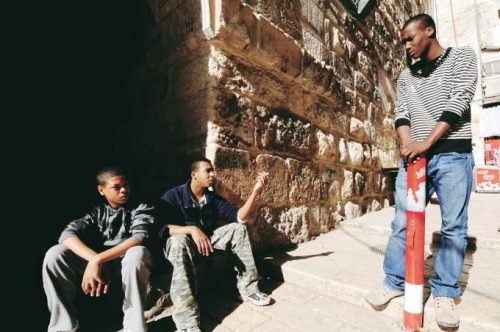
African youth in Tel Aviv. Most asylum seekers, fleeing dictatorships and conflicts, have crossed the Sinai desert to reach Israel. File swm
Growing diversity represents a crucial challenge for Israel, which is faced with the need to manage an increasingly heterogeneous population. The contemporary African presence, intertwined with a history of deep ties with the Holy Land, forces the country to question the values of inclusion, acceptance, and equality. The new waves of migration are urging Israel, in fact, to reconsider its role as a multicultural and multi-religious state. A step towards greater inclusion could be represented by more inclusive policies towards African migrants, both by recognizing their rights and by promoting integration programs.
The example of the African Hebrew Israelites community could offer ideas for a more harmonious coexistence between historical groups and those of today. This is an African-American community that settled in Israel in the 1960s. Coming mainly from the United States, these groups define themselves as direct descendants of the lost tribes of Israel. Although initially not officially recognized as Jews by Tel Aviv, they have since established a well-organized community. Growing diversity, if managed with care and respect, can transform from a challenge into an asset, further enriching Israel’s cultural mosaic and strengthening the principles on which the country is founded. (Open Photo: File swm – 123rf)
Matteo D’Avanzo

